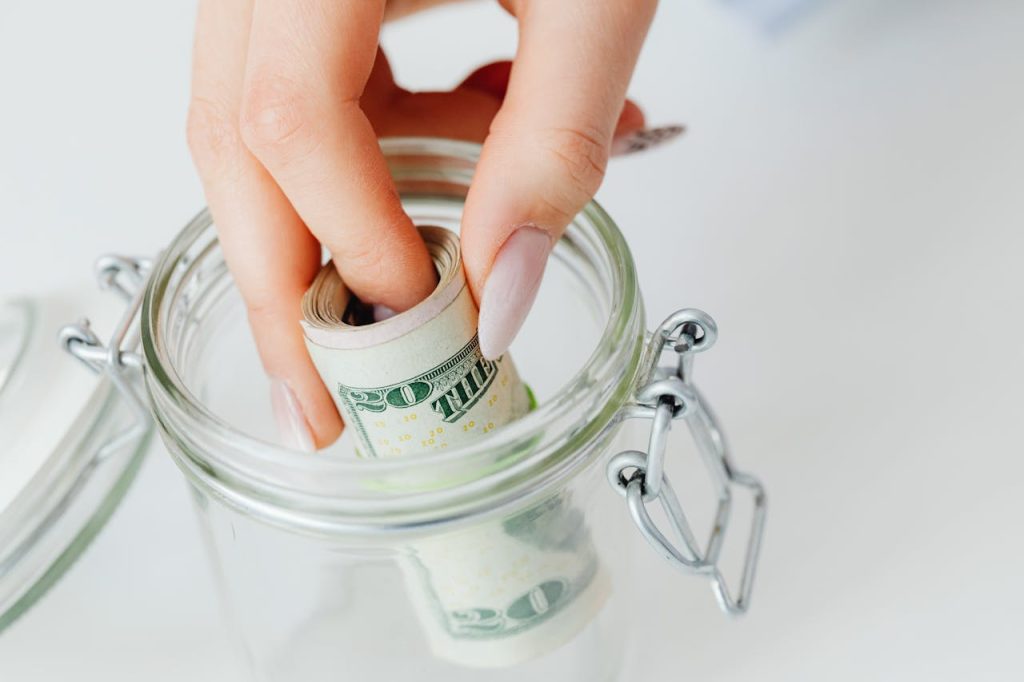
It doesn’t matter if you’re a current or former athlete- life always brings us a unique set of challenges—both physical and financial. While preparing for a game might be second nature, preparing for financial surprises in life often takes a backseat. However, having an emergency fund is just as crucial as having a game plan. There have been so many times that a random car repair, a surprise medical bill, even an unexpected utility bill could’ve set me back financially, but thanks to an emergency fund l made it through. Here’s why it’s so important to create and grow an emergency fund, through NIL earnings or with other income streams.
6 Reasons to Prioritize an Emergency Fund
1. Covering Unexpected Medical Expenses. Athletes often face lingering physical demands long after their careers end. The cost of physical therapy (PT), regular check-ups, or even surgeries for old injuries can quickly add up. For example, if you’re a retired athlete needing bi-weekly physical therapy sessions, the cost can range from $50 to $150 per session… even with insurance! Kurt experienced this first-hand after tearing his ACL twice (yes… twice!), and needing surgery and costly PT sessions for about three years. Building an emergency fund to cover these costs ensures your physical health doesn’t take a toll on your financial health.
2. Preparing for Job Loss or Career Transition. Whether you’re transitioning from college sports, ending a professional career, or shifting into a new industry, job instability is a real thing. Many athletes underestimate the time and money needed to find their footing post-career. Setting aside three to six months’ worth of living expenses can be a lifesaver during these periods. From personal experience- this can be really hard to do as a new worker making an entry-level salary. To help build an emergency fund on a low salary, start small. Aim to save a weeks worth of groceries. Next, aim to save for a month’s-worth of utilities, commuting expenses, etc. With discipline overtime, you’ll be able to grow a safety blanket that can help cover your basic needs while you pivot.
3. Unforeseen Housing or Relocation Costs. As athletes, you may frequently move for teams, training, or new career opportunities. This was true for me, as I worked for the NBA right out of school, followed by jobs at different Division I and Division II programs, requiring costly relocations. An emergency fund can cushion unexpected expenses like moving trucks, security deposits, or temporary housing. For instance, if a job opportunity arises in a new city and moving costs $5,000, having this amount saved can prevent you from relying on credit cards or loans.
4. Covering Family Emergencies. Family often plays a central role in an athlete’s journey, and emergencies can arise unexpectedly. From helping parents with unexpected medical bills to supporting a sibling through financial hardship, having a fund designated for these situations can alleviate stress. For example, a last-minute flight to support a family member in need or paying for a short-term caregiver could cost upwards of $1,000.
5. Maintaining Strong Fiscal Health Throughout Your Career. While building your emergency fund, focus on creating habits that support financial resilience. Start small if needed—set aside $20-$50 a week from NIL earnings, coaching income, or other side hustles. Automating this savings process ensures consistency. Over time, this habit grows into a safety net that can be used not just for emergencies but also for peace of mind.
6. Post-Career Opportunities and Investments. An emergency fund can also act as a springboard for future opportunities. For example, if you want to invest in a small business, take a certification course, or launch a new venture after your sports career, having saved funds can make these transitions smoother. The goal is to protect your financial security while allowing room to grow and explore.
Building and Sustaining Your Fund
- Start Now: Even small contributions add up over time. I started by contributing $50 a paycheck. Every amount helps
- Keep It Accessible: Use a high-yield savings account for liquidity and growth
- Reassess Regularly: Adjust your savings target as your life circumstances change
- Avoid Temptation: Only dip into this fund for true emergencies, not for a last-minute vacation with the crew 😀
Building an emergency fund with your NIL dollars, or with your salary is a strategic move to ensure long-term financial health. As an athlete, you already have the discipline and focus needed to succeed—apply those same traits to protect yourself against financial shocks. Your future self will thank you.